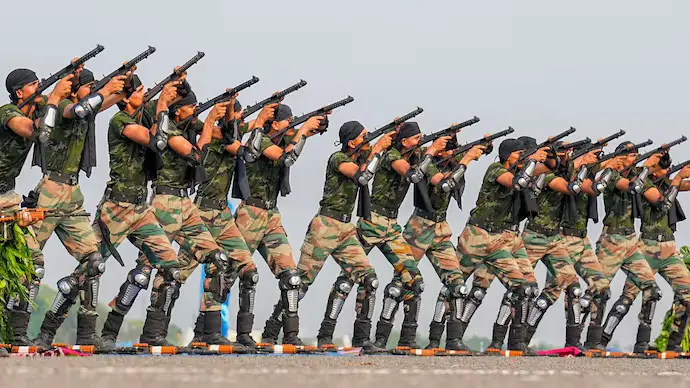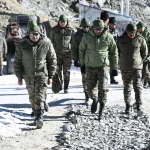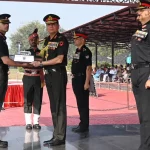Facing a growing manpower deficit of nearly 1.8 lakh soldiers, the Indian Army is preparing to significantly increase its annual intake of Agniveers to around 1 lakh, up from the current 45,000–50,000, The Indian Express has reported.
The shortfall stems largely from the COVID-19 pandemic years (2020–2021), when all soldier recruitment was halted even as 60,000–65,000 troops continued to retire annually. This widening gap persisted through the transition to the Agnipath recruitment scheme, launched in June 2022.
Under Agnipath, a total of 46,000 Agniveer vacancies were first advertised across the Army, Navy, and Air Force—40,000 of which were for the Army. Plans initially projected a gradual scale-up to 1.75 lakh Agniveers for the Army over four years, with concurrent increases for the Navy and IAF.
However, even after recruitment resumed in 2022, retirements continued at the same pace, leading to an annual net deficit of 20,000–25,000 soldiers. With the first batch of Agniveers completing their four-year tenure by late 2026—resulting in additional outflows—the shortage is expected to widen if recruitment numbers are not expanded.
According to sources, the Army now intends to release approximately 1 lakh Agniveer vacancies annually starting this year, calibrated to the capacity of regimental training centres to maintain quality and training standards.
In its response to The Indian Express, the Army stated that 1.75 lakh Agniveers will have been recruited by the end of 2025, reaffirming that future vacancies will be aligned with force requirements and existing deficiencies.
With both pre-Agnipath regular soldiers and Agniveers set to retire concurrently over the coming years, the planned increase in intake is seen as essential to restore operational strength and stabilise troop numbers.
The move marks one of the most substantial recruitment recalibrations since the rollout of the Agnipath scheme and reflects the Army’s broader effort to ensure operational readiness and organisational balance in the face of evolving manpower challenges.












